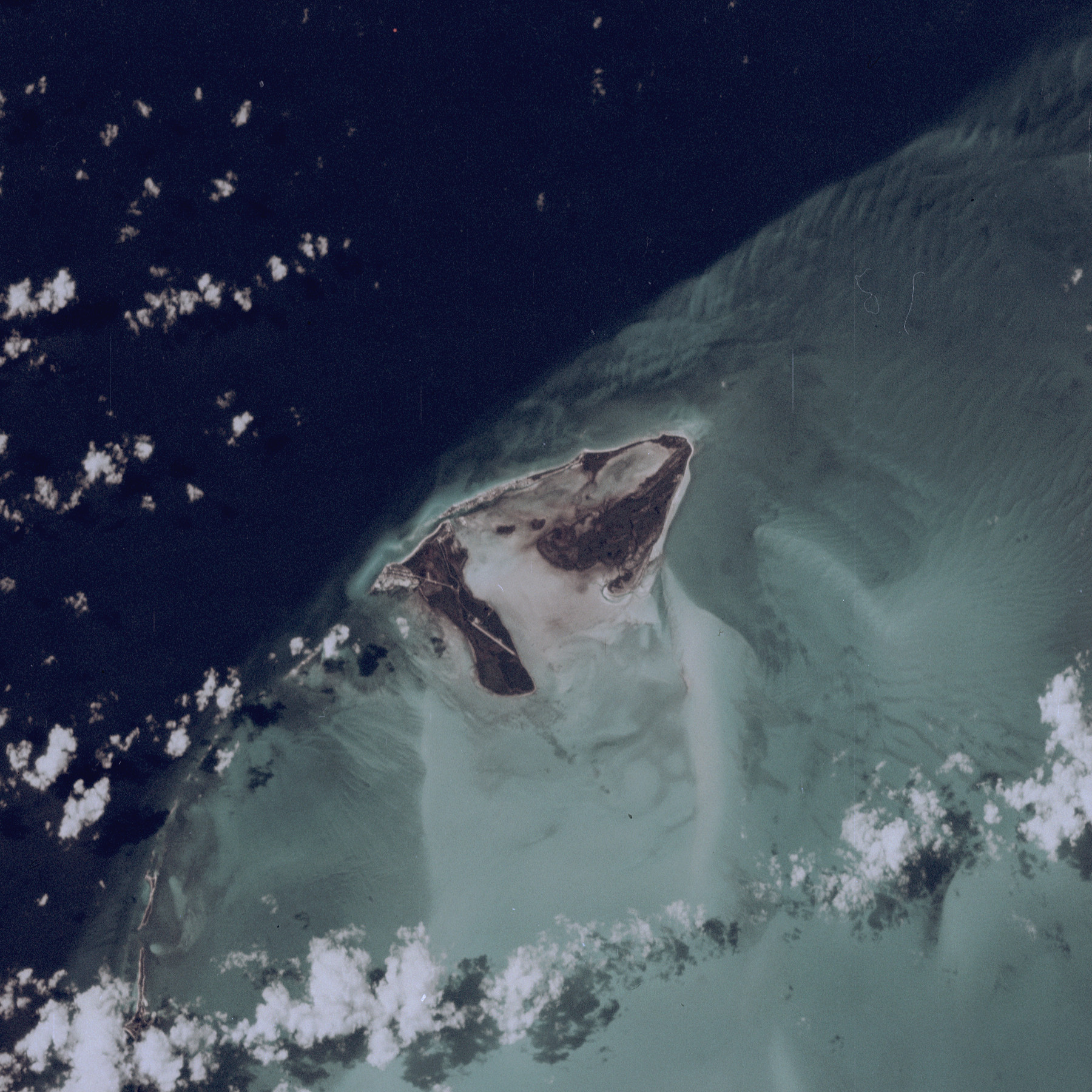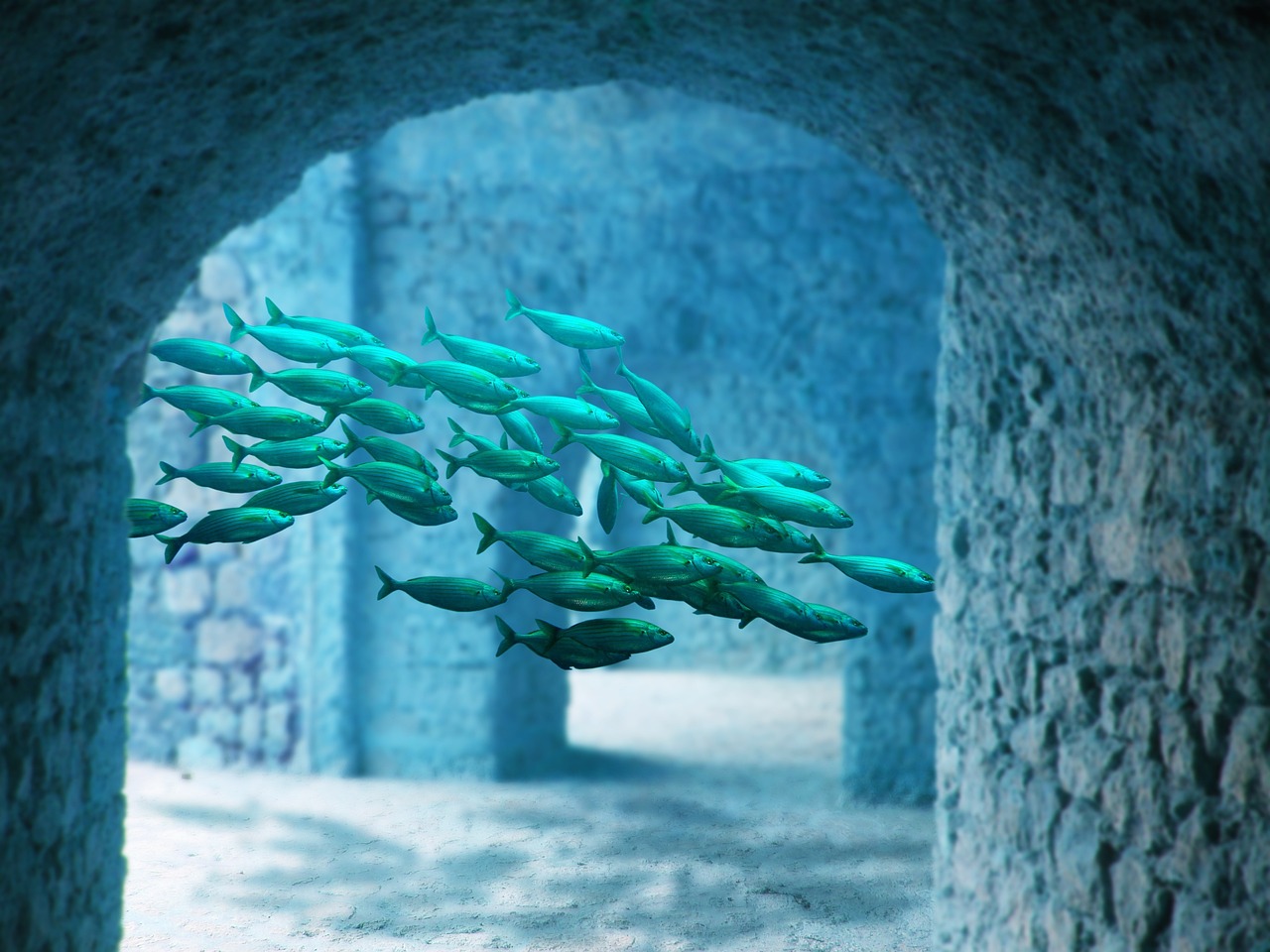Bimini Road: An Ancient Pathway To Atlantis?
The so-called Bimini Road (alternatively referred to as Bimini Wall) is a very interesting and yet, at the same time, quite peculiar submerged rock formation near the island of North Bimini, Bahamas in the Caribbean Sea. This underwater rock complex was discovered back in September 1968 and since then has been the subject of much controversy and speculation. This relatively long underwater structure is believed by some to be man-made and, not even that, but also to represent an ancient pathway to the mythical or legendary sunken continent-city of Atlantis (often placed approximately in the middle of the North Atlantic Ocean among its purported worldwide locations). The legend of Atlantis has fascinated mankind since ancient times, from the two well-known dialogues of Plato called Timaeus and Critias in which Atlantis is described (dating back to ancient Greece) to the Middle Ages, afterwards to the 19th century, and, ultimately, well into the present day.

Satellite view of the largest island of the Bimini archipelago from Bahamas in the surrounding North Atlantic Ocean (namely in the western region of the North Atlantic Ocean, although the archipelago is often labelled as Caribbean given its relative proximity to the Caribbean Sea) back in 1984 by NASA. Image source: Wikimedia Commons
While geologists are convinced the Bimini Road (or Wall) is a natural formation, others claim that the large blocks of stones look way too strikingly similar to man-made constructions to be mere natural formations. The so-called Bimini Road stands 20 feet (or 6 metres) underwater and runs through an impressive distance of 1,500 feet (or 457 metres) from northeast to southwest before ending abruptly in a curved hook. This large and long rock formation was examined and it was discovered that it consists of multiple relatively rectangular limestone blocks (more specifically a type of limestone known as beachrock which is composed of sand, gravel, and various sediments such as oyster shells and fragments of corals). These blocks appear to be lined up one after another in a man-made manner.
Approximately 40 years prior to the discovery of the so-called Bimini Road or Bimini Wall, namely in 1938, American psychic and mystic Edgar Cayce (also referred to as the Sleeping Prophet) claimed in one of his predictions that Atlantis would rise back from the ocean during the 1960s near the Bimini Islands, referencing the probability for this to occur during either 1968 or 1969. Interestingly enough, on the island of North Bimini there is also a Cayce Point (as it can be seen on this map on Wikimedia Commons), coincidence or not. At the same time, while paranormal activity is concerned, the small Bimini archipelago lies within the famous (and rather feared) Bermuda Triangle, renowned for its unexplained phenomena throughout the passage of time. Whatever the actual truth might be, it is still a mystery worth pondering on and, perhaps, what scientists previously thought might also be challenged in the future. Regardless of its connection with the ancient legendary submerged city-continent of Atlantis, one thing’s for sure regarding Bimini Road: it is an excellent scuba diving site which can only be reached by boat.

Could it be that the Caribbean Sea and the North Atlantic Ocean might still hold a few secrets away from the public eye on their seabeds such as underwater passages? Only time will tell (the title of a great song by English progressive rock supergroup Asia as well, by the way)… Image source: www.pixabay.com
Documentation sources and external links:
- Serena, Katie. “Why Some People Think Bimini Road Is A Lost Highway To Atlantis.” AllThatsInteresting.com, July 28, 2024, https://allthatsinteresting.com/bimini-road. Accessed November 6, 2025.
- The Bimini Road: Ancient Ruin or Natural Formation?, an article on the subject by Jim Wright on www.hitotoki.org
- What Is The Mysterious Sunken “Bimini Road” And Where Does It Lead?, an article by Charlie Haigh on www.iflscience.com
- An article on the subject on www.atlasobscura.com
- A brief article on the matter on www.bahamas.com
- A Wikipedia article on the subject on www.wikipedia.org (in English)

